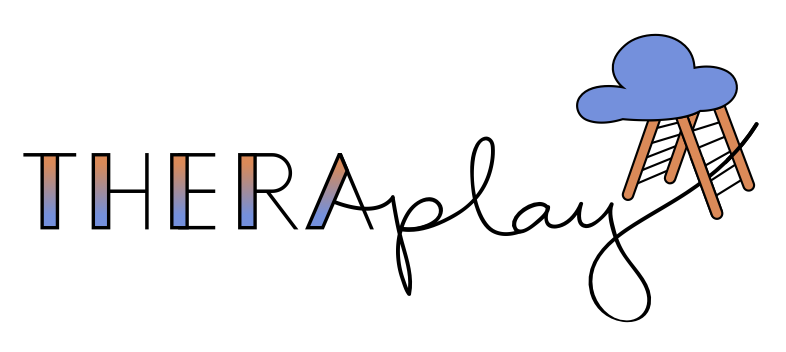Everything You Need to Know About the STNR (Symmetrical Tonic Neck Reflex)
If your child struggles with poor posture, clumsiness, trouble focusing, or difficulty copying from the board at school, they may have an unintegrated Symmetrical Tonic Neck Reflex (STNR). The STNR is one of many primitive reflexes that help babies develop, however, if it doesn’t integrate properly, it can lead to learning, coordination, and attention challenges later in life.
TL;DR: The Symmetrical Tonic Neck Reflex (STNR) helps babies develop crawling skills, but if it remains after 11 months of age, it can lead to poor posture, clumsiness, trouble focusing, and learning difficulties. Primitive reflex integration therapy uses targeted exercises to improve coordination, attention, and motor skills, helping children feel more confident and focused.
In this post, we’ll cover:
What the STNR is
How the STNR helps babies develop
At what age the STNR should be integrated
Signs of an unintegrated STNR
How primitive reflex integration therapy can help address a retained STNR
What Is the STNR (Symmetrical Tonic Neck Reflex)?
The Symmetrical Tonic Neck Reflex (STNR) is a reflex that helps babies learn to move from their belly to their hands and knees, preparing them for crawling. The STNR divides the body into upper and lower halves, with movement patterns that affect the arms and legs differently.
When a baby is on their hands and knees…
↑ Looking up (neck extension) their rms straighten, and legs bend
↓ Looking down (neck flexion) their arms bend, and legs straighten
This reflex is essential for crawling, as it helps babies develop strength, balance, and coordination. It also plays a key role in:
Head control against gravity
Muscle tone and posture
Visual-motor skills (eye tracking, reading, and writing)
Balance and coordination
Hand-eye coordination
The STNR is not present at birth but emerges around 6 to 9 months to help babies transition into crawling.
When Should the STNR Integrate?
The STNR should integrate by 11 months of age, just as the baby learns to crawl properly (i.e. on all fours).
If the STNR doesn’t integrate, it can interfere with learning, movement, and focus because the child's body is still reacting to head movements in ways that affect posture and coordination.
Symptoms of an Unintegrated STNR in Children
A retained STNR can make it hard for a child to sit still, focus, and move in a coordinated way. Signs of an unintegrated STNR include:
🚩 Poor posture – Slouching, leaning on desks, or laying their head down during schoolwork
🚩 W-sitting – Sitting with legs turned out in a "W" shape for stability
🚩 Clumsy or uncoordinated movements – Trouble with balance, swimming, or sports
🚩 Messy eating – Difficulty coordinating hand and mouth movements
🚩 Reading and writing challenges – Poor handwriting, slow copying from the board
🚩 Attention and focus difficulties – Easily distracted or fidgety in class
🚩 Near-far tracking issues – Difficulty shifting focus between a book and the whiteboard
🚩 Delayed or awkward crawling – Scooting on their bottom, bear walking, or crawling with one leg up
🚩 Signs of ADHD or dyslexia – Struggles with impulse control, memory, and academic success
One study found that many children with ADHD had a retained STNR and ATNR, and their attention improved when these reflexes were integrated.
How Is the STNR Integrated?
If the STNR does not integrate naturally, primitive reflex integration therapy can help! A trained occupational therapist may use:
Crawling and movement exercises – Activities that encourage proper crawling mechanics
Postural training – Exercises to improve sitting posture and core strength
Balance and coordination activities – Helping with gross motor control
Hand-eye coordination tasks – Improving reading, writing, and tracking skills
Since the STNR is linked to the Tonic Labyrinthine Reflex (TLR), working on multiple reflexes may be necessary for full integration.
Why Primitive Reflex Integration Matters
When primitive reflexes don’t integrate properly, they can create lifelong challenges with learning, coordination, and focus. Addressing an unintegrated STNR can help children:
✔ Sit upright with better posture
✔ Improve attention and focus in school
✔ Develop stronger balance and coordination
✔ Enhance reading and writing skills
✔ Feel more confident in their body movements
If your child struggles with posture, coordination, or schoolwork, primitive reflex integration therapy could be the missing piece!
Still not sure if Primitive Reflex Integration is right for your child? Use our FREE Screening Checklist!
At TheraPlay LA, our expert therapists specialize in primitive reflex integration to help children develop the skills they need to succeed. If you’re curious about whether an unintegrated STNR is affecting your child, contact us today to learn more!


